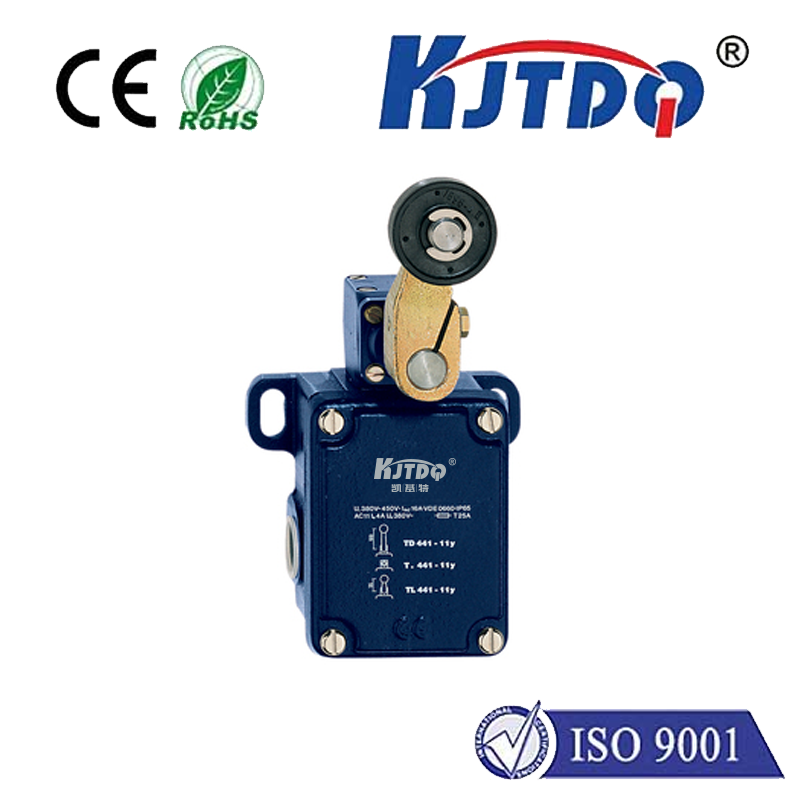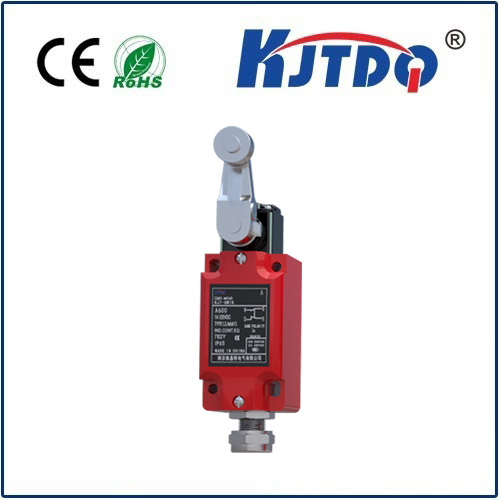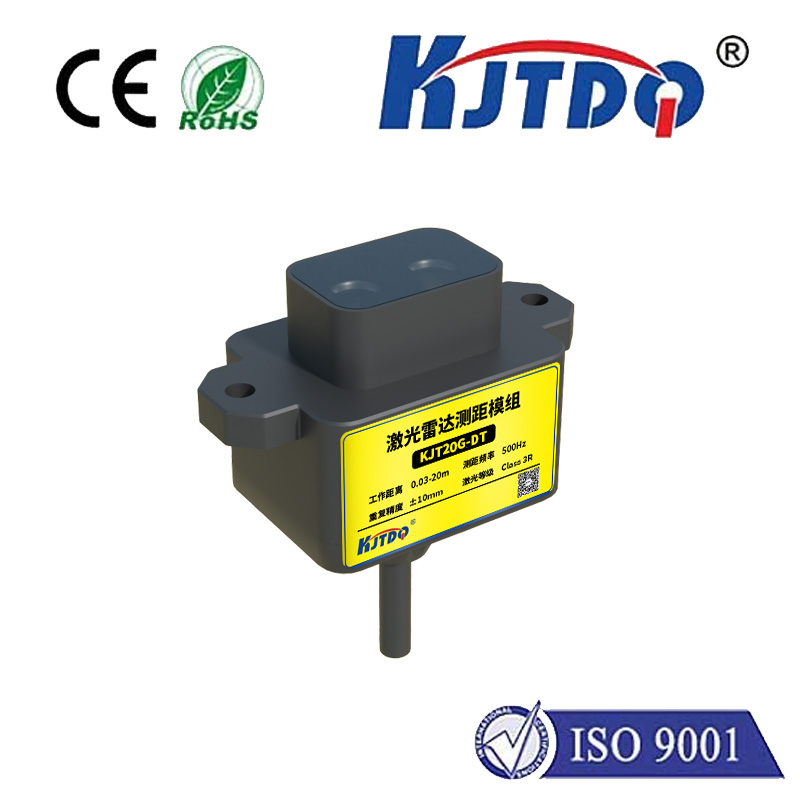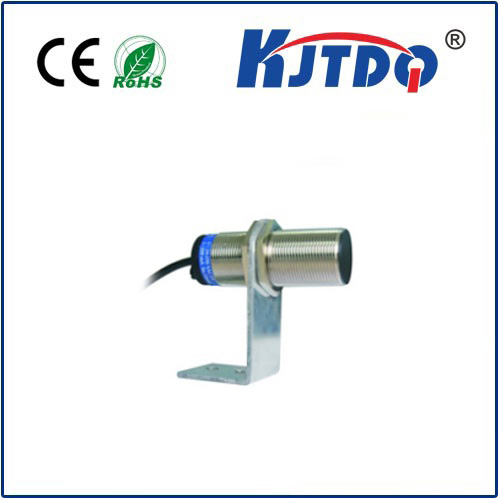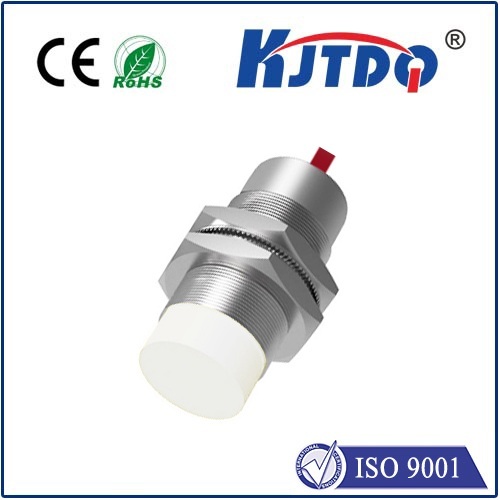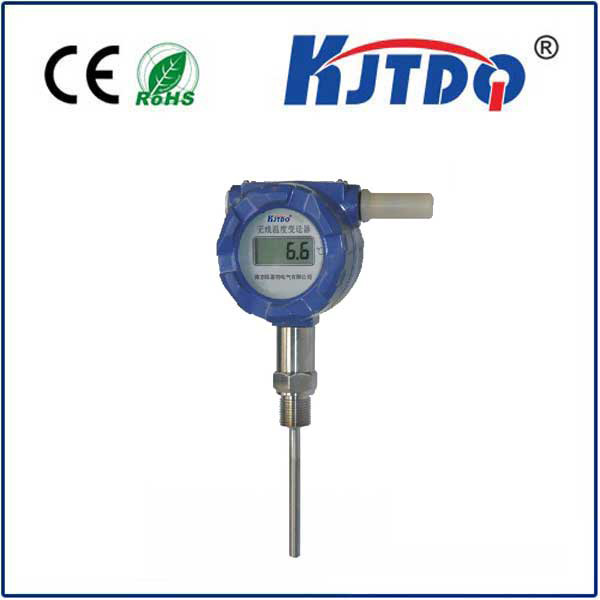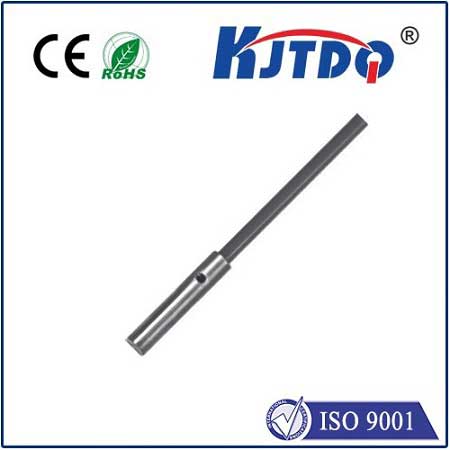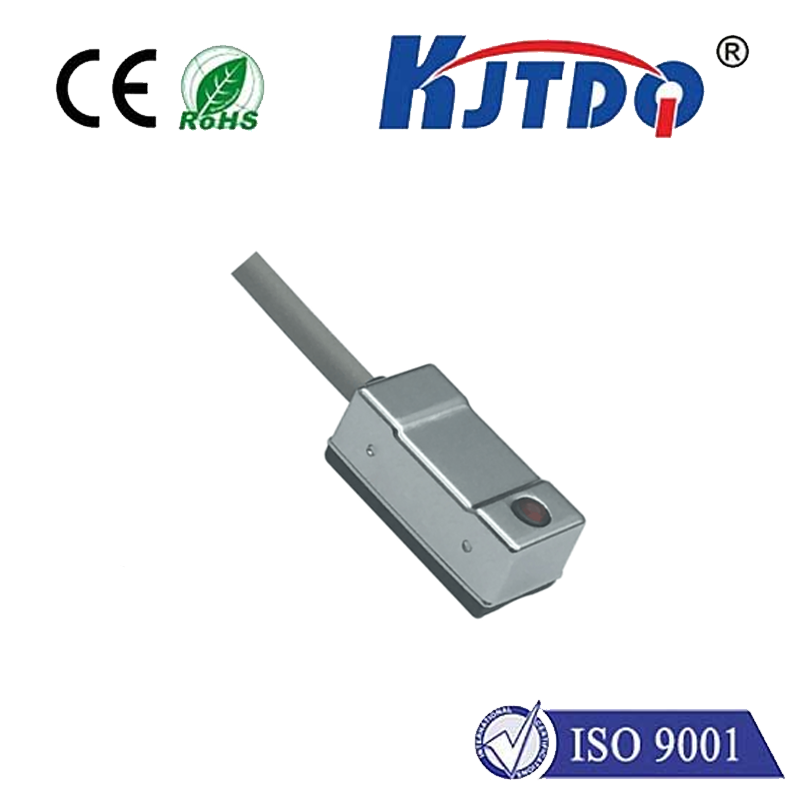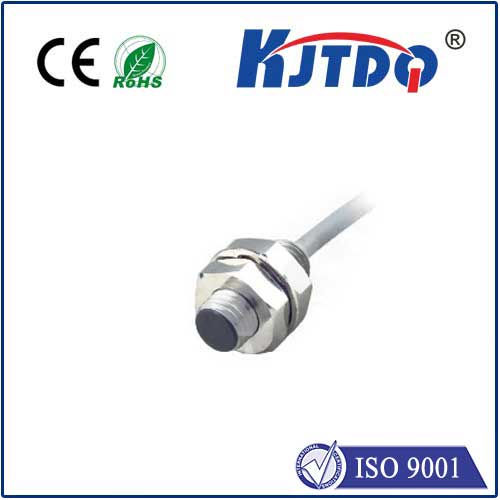proximity sensor limit switch
- time:2025-06-23 16:55:43
- Click:0
Proximity Sensor Limit Switch: The Silent Guardian of Precision and Safety in Automation
Imagine a critical piece of high-speed machinery hurtling towards its physical limit. A collision seems imminent, threatening catastrophic damage, costly downtime, and potential safety hazards. Then, silently and instantly, an unseen safeguard intervenes, halting motion with flawless precision. This unsung hero of modern automation is often the proximity sensor limit switch. Far more sophisticated and reliable than traditional mechanical switches, these devices are fundamental to the efficiency, safety, and intelligence of countless industrial processes. They represent the seamless fusion of sensing technology and boundary control, operating without physical contact to provide unparalleled reliability.
At its core, a proximity sensor limit switch performs the essential function of detecting the presence or absence of an object (its “target”) at a predetermined point and signaling this state to a control system. Unlike their mechanical predecessors laden with moving parts like levers or rollers, proximity sensors operate on the principle of non-contact sensing. This fundamental difference delivers transformative advantages, particularly in demanding industrial environments plagued by dust, moisture, vibration, and the need for blistering speeds.
So, how do these remarkable devices actually work? The most common types leverage electromagnetic fields:

- Inductive Proximity Sensors: These detect metallic targets (usually ferrous metals like steel or iron). Inside the sensor, an oscillator generates a high-frequency electromagnetic field emanating from the sensing face. When a metallic object enters this field, it induces small electrical currents (“eddy currents”) within the target. These eddy currents draw energy from the sensor’s oscillator, causing its amplitude to decrease. An internal circuit monitors this amplitude change. Once the drop reaches a preset threshold corresponding to the specified sensing distance (the “limit”), the sensor’s output switch (solid-state or sometimes relay) changes state – turning “on” or “off” – sending a clear signal to the machine controller. This makes them ideal for position verification of robot arms, end-of-travel detection on linear actuators, and part presence detection on metal machining lines.
- Capacitive Proximity Sensors: These operate by detecting changes in capacitance – the ability to store an electrical charge. The sensor face acts as one plate of a capacitor, with the target acting (or influencing) the second plate. When any object (metal, plastic, wood, liquid, powder) enters the sensor’s electrostatic field, it alters the capacitance. The sensor’s circuitry detects this change and triggers its output switch state once the change exceeds the set threshold. This versatility is crucial for applications like level detection in non-metallic tanks, presence sensing of plastic bottles on a conveyor, or paper roll positioning.
Why choose a proximity sensor over a traditional mechanical limit switch? The benefits are compelling:
- Exceptional Reliability & Longevity: Lack of moving parts is the cornerstone advantage. There are no physical contacts to wear out, springs to fatigue, or levers to bend or jam. This translates directly to significantly reduced maintenance needs and a dramatically longer operational lifespan, offering a superior return on investment (ROI).
- High-Speed Operation: Proximity sensors react incredibly fast – typically in microseconds. This makes them perfectly suited for high-speed machinery where mechanical switches simply cannot keep up, ensuring precise position control even in demanding scenarios like packaging lines or high-cycle stamping presses.
- Resilience in Harsh Environments: Sealed housings (often rated IP67 or higher) protect sensitive electronics from contaminants like dust, coolants, oils, and moisture. They are also highly resistant to vibration and shock, which frequently plague mechanical switches.
- Consistent & Accurate Detection: Once installed and set, proximity sensors provide highly repeatable detection at the same precise point, unaffected by factors like target surface speed (within limits) or minor mechanical misalignments that might plague mechanical levers.
- Reduced Physical Stress: Since they don’t require physical force to actuate, proximity sensors place zero mechanical stress on the target object, protecting delicate parts or assemblies.
When deployed specifically as a limit switch, the proximity sensor’s role becomes crucial for safety and operational integrity. Common applications include:
- End-of-Travel Detection: Preventing cylinders, slides, robots, or gantries from exceeding their programmed physical limits, protecting the machine and surrounding equipment from collisions. (Over-travel prevention is a fundamental safety function).
- Over-Travel Backup: Acting as a fail-safe backup to primary position encoders or software limits in critical axes.
- Position Verification: Confirming that a moving part has reached its intended destination before the next step in a sequence begins. This ensures process accuracy and prevents errors.
- Presence/Absence Confirmation: Verifying that a part is correctly loaded into a fixture or present on a pallet before a machine cycle initiates.
- Machine Guarding Integration: Monitoring the position of safety doors or guards, ensuring they are securely closed before potentially hazardous machine motion can start.
Integration and Selection Considerations
Integrating a proximity sensor limit switch effectively requires attention to detail. Key factors include:
- Sensing Distance: Choosing the right nominal sensing range (often specified with a reduction factor for non-ferrous metals or specific materials for capacitive sensors) to ensure reliable detection at the desired limit point.
- Target Material & Size: Ensuring compatibility (inductive for metal, capacitive for wider range) and that the target is large enough to trigger the sensor reliably at the required distance.
- Environment: Selecting the appropriate housing material (e.g., stainless steel for corrosive environments) and ingress protection (IP) rating.
- Output Configuration: Matching the sensor’s output type (PNP/NPN, NO/NC, analog) and voltage rating to the machine’s control system input requirements.
- Mounting: Ensuring secure and precise mounting to maintain consistent detection. Adjustable mounting brackets are often beneficial for fine-tuning.
The Verdict: Essential Precision Guardians
Proximity sensor limit switches are not mere replacements for mechanical switches; they represent a significant technological leap forward. By leveraging non-contact principles, they deliver unmatched reliability, speed, and environmental resilience. They are fundamental building blocks for safe, efficient, and intelligent automation, silently preventing costly damage and ensuring processes run smoothly. From the confines of a clean laboratory robot cell to the grimy depths of a heavy-duty forging press line, these robust electronic sentinels stand watch, enforcing critical boundaries with unwavering precision. Their continued evolution, including features like IO-Link communication for enhanced diagnostics and parameterization, cements their role as indispensable components in the landscape of modern industrial control.







